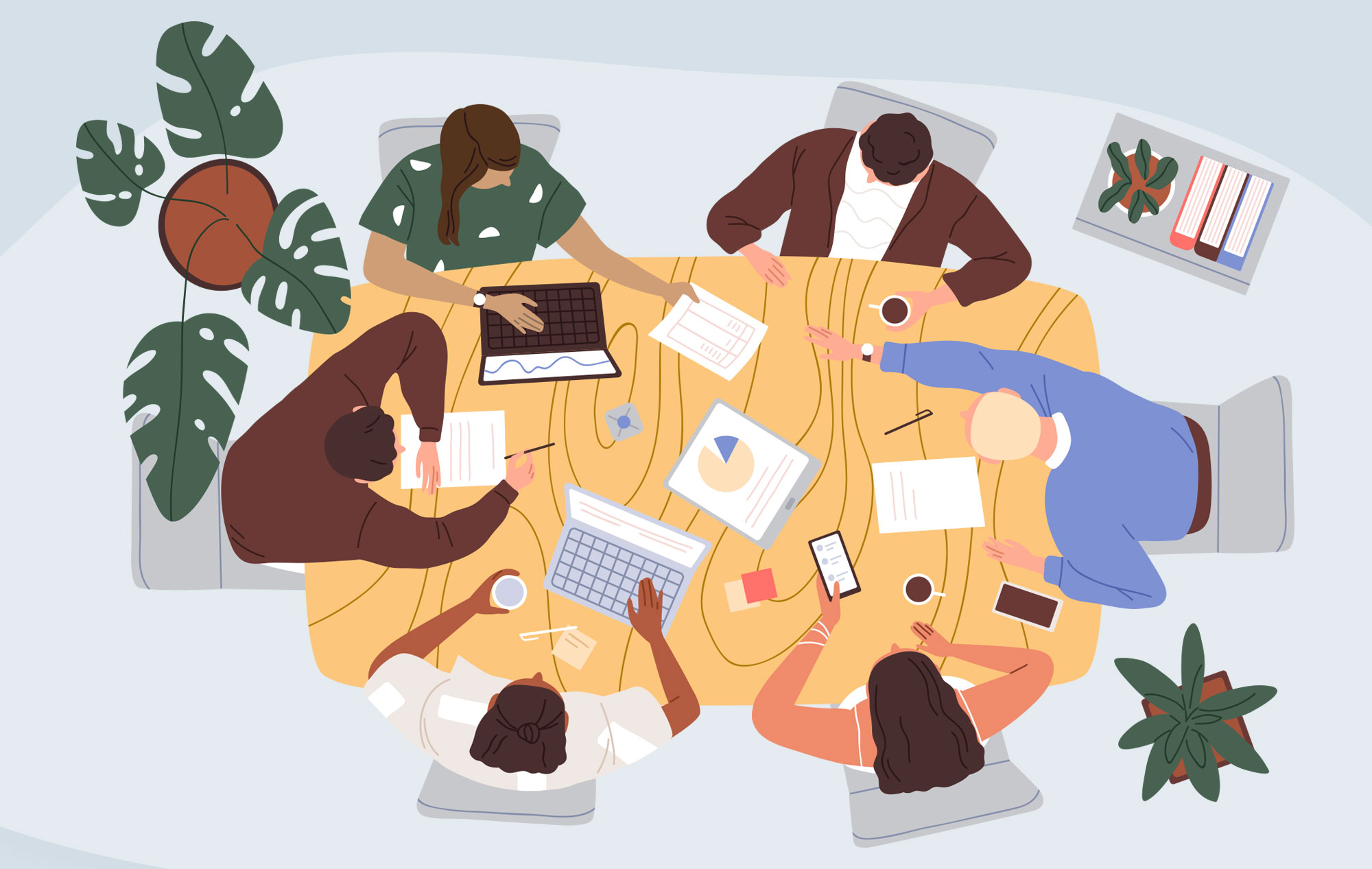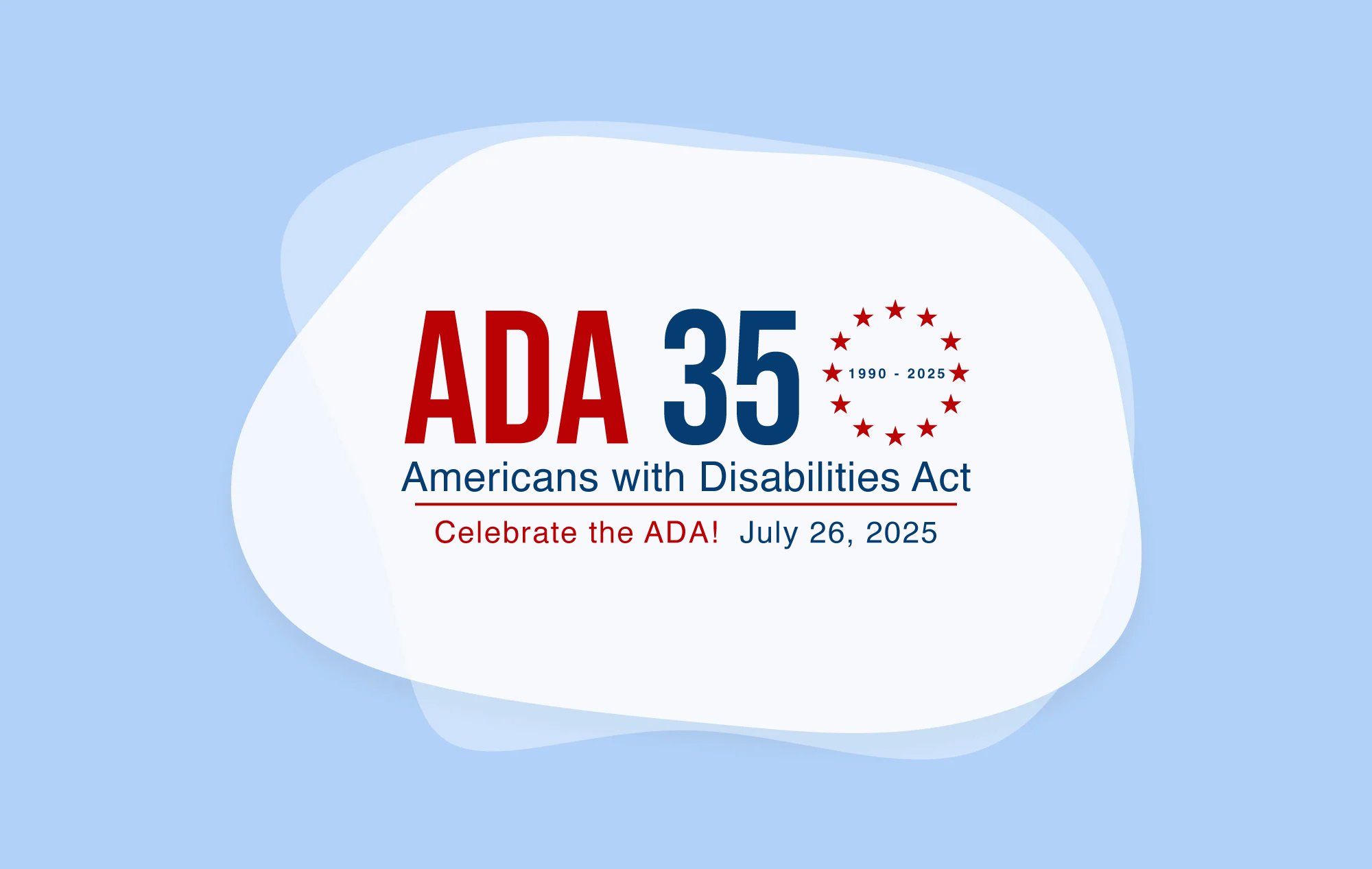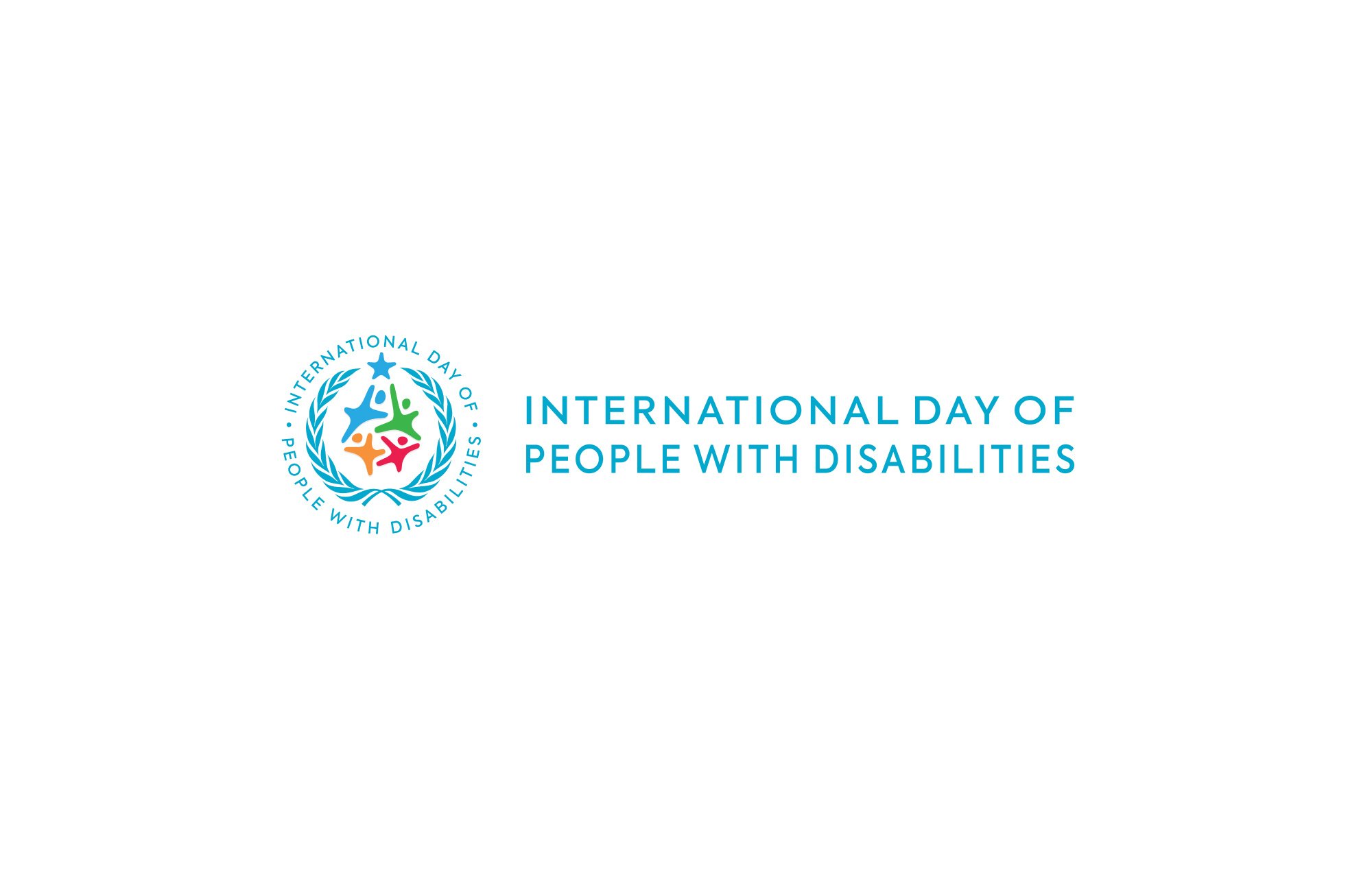The best work environments are the ones where everyone experiences validation and their voices all feel heard. However, beneath the veneer of office pleasantries, there’s often an undercurrent—murmured biases and subtle microaggressions, like soft static noise you can't tune out. For racial and ethnic minorities, this static often becomes the grating background score of their professional lives.
How do we replace that noise with a harmonious soundtrack of genuine inclusion and equity? To drill down into this urgent conversation, we sat down with Camille S. Edwards, the Director of Diversity, Equity, and Inclusion (DEI) at Friends Academy and a seasoned professional development consultant.
Decoding the Buzzwords: Bias, Microaggressions, and Representation
Buzzwords often dilute the gravity of the issues at hand when it comes to DEI. Terms like "bias," "microaggressions," and "representation" may be easily spoken, but their impact on racial and ethnic minorities in professional environments is anything but simple.
In this section, we delve into the intricacies of bias, microaggressions, and representation, dissecting how they manifest and impact employees.
- Bias: This refers to the unfair favoring or opposition to someone or something, often influenced by pre-existing personal opinions.
- Implicit Bias: A subset of bias, implicit bias operates subconsciously, affecting attitudes and actions without the individual's awareness. Despite many people's explicit commitment to fairness, studies show that implicit biases can undermine these good intentions. The Implicit Association Test (IAT) is a commonly used tool to explore these hidden biases.
- Microaggressions: These are daily occurrences of verbal, nonverbal, or environmental actions that convey derogatory or hostile messages to people based on their membership in a marginalized group. Often unintentional, these slights have real-world implications on the well-being of the affected individuals.
- Representation: This encompasses the meaningful involvement and visibility of individuals from diverse backgrounds at all levels of an organization. Effective representation eliminates barriers and facilitates equal access to opportunities for everyone.
As the Harvard Business Review notes: “There is a gap between how folks intend to treat people of color and what is actually happening. In order to make more progress toward racial equity, leaders need to understand how these ‘harmless’ comments affect Black employees’ workplace behavior and emotions in real time.”
According to data from Future Forum, which conducts research on the future of work, 54% of Black employees characterized their “sense of belonging at work” as either “good or very good,” compared to 70% of white employees.
Among the other stunning findings from the Future Forum report: Only 3% of Black knowledge workers favored returning to the office full-time. As the organization noted in the report: “These numbers can be explained, in part, by the fact that flexible work has reduced the need for ‘code switching’ among Black knowledge workers, reduced certain instances of microagressions and discrimination, and improved Black employees’ ability to ‘bounce back’ from incidents.”
As for examples of microaggressions that can utterly inundate people of diverse racial and ethnic backgrounds, Camille offers a mere glimpse into what some people deal with on a regular basis.
From subtle verbal slights to systemic inequalities that persist inside of workplaces, we break down these pernicious issues and their lasting impact across generations.
“What's wild about this,” Camille says preemptively, “my mom and I are talking about the same microaggressions and she entered the workforce a generation before I did. And so what we're also seeing is that these habits are pervasive, and they are also not necessarily just going away with time, we might believe that as people come to be more educated, these things are just not happening anymore. My students are a victim of the same verbal microaggressions that I am; the same that my mother was; the same as my grandmother was when she was in the workforce.”
To get a better understanding of what this all means, Camille buckets these microaggressions—as many social scientists do—into three categories: verbal, behavioral, and environmental.
Verbal
- You’re so articulate
- You’re being aggressive/Calm down
- Okay, but where are you really from?
- Assuming gender pronouns, marital status, family status
Behavioral
- Using terms or phrases specific to a certain racial or ethnic identity when speaking to individuals of that group, despite not sharing the same racial or ethnic affinity.
- Giving personality-based feedback; “smile more”
- Mistaking a person of color (PoC) for someone making a delivery, cleaning the facility, etc.
- Giving aesthetic-based feedback; “You look prettier when your hair is straight”
- Giving someone a nickname because you have difficulty properly saying their name
Environmental
- Buildings/halls, etc., only named after white men
- Lack of people of color in leadership; little/no support for PoC advancing
- Gender equality pay gap
“How might these seemingly small incidents have long-term effects on people?” Camille asks rhetorically. “How many jobs is a person working a lifetime, where they're experiencing these things daily or regularly in their work life? Every moment of impact is just a drop in a bucket. And when somebody is, let's say, mid-career, how full is their bucket?”
The Emotional Toll of Bias and Lack of Representation in the Workplace
Workplaces often overlook the emotional and psychological impact of systemic issues like bias and lack of representation of their employees. The consequences extend beyond mere numbers and percentages—they deeply affect employee morale and performance. As organizations continually evolve, so do the dynamics within them. Understanding this ebb and flow is vital for creating a more inclusive and psychologically safe space for all.
“Morale issues can manifest in thoughts like 'I can't grow here' or 'Who will mentor me?' Often, impostor syndrome sets in due to a lack of representation,” Camille says. “Even if there is representation, are those people actually growing, happy, and healthy? Many might be struggling with mental or physical health due to the weight of their identities in unsupportive environments.”
Understanding the intricacies of employee morale in an ever-changing workplace is not just about statistics and policy changes—it's about the real, lived experiences of individuals navigating the complex web of their own identities.
Creating an inclusive work environment is an ongoing process that requires dedication, self-awareness, and a commitment to growth and change, explains Camille.
“People may stay in their jobs because they feel they have to, but that doesn't mean they're okay,” she says. “If employees feel like their absence wouldn't matter, they're less likely to stay, which affects organizational growth and longevity.”
Recognizing Biases to Support Colleagues of Different Racial and Ethnic Backgrounds
One of the most crucial steps in creating an inclusive work environment is the active recognition and addressing of our own biases. This is particularly vital for supporting colleagues who come from racially or ethnically different backgrounds. The challenge not only lies in acknowledging our unconscious predispositions but also in taking the necessary steps to educate ourselves and promote an open, accepting culture.
"When I think about people recognizing their own biases, it really is about doing research. Take your Implicit Association Test, conduct your own self inventory,” explains Camille. “Who are your friends? Who are your neighbors? What books do you read? What movies are you watching? What social events do you attend? And that work of conducting your own self-inventories can't be about blame or shame. Neuroscience tells us shamed brains cannot learn. So how are organizations actually building a culture of courage around doing this learning, so people feel compelled to not just do them at work, but also take it into their personal lives?"
Camille suggests that this learning should be public, adding that extending it into our personal lives can have a profound impact.
While engaging in such self-reflection is important, it isn't the sole responsibility of the individuals belonging to minority racial and ethnic groups to assit others in doing this work.
"What I will say then to people who identify as non-POC is doing your own learning within your own racial and ethnic identity group. That is an important piece of it so that you're not putting the burden on people of color, or racialized or ethnic minority groups, to teach you,” says Camille. “Because at some point, you're looking at your friend, your work friend, and thinking, 'you're killing me; you're supposed to be the person I can exhale with, and you're also harming me.' So, be brave enough to do that learning in your own community."
Camille emphasizes that this not only fosters a more inclusive environment, but also ensures that the emotional labor does not completely fall upon racial and ethnic groups.
Remember: Education and self-awareness are responsibilities that each one of us should willingly undertake to build a more inclusive and respectful workplace.
Effective Strategies for Building an Inclusive Work Culture
Creating an inclusive work environment is not just about policies or training—it's also about authentic actions that resonate with employees at all levels. Supervisors and senior administrators have a pivotal role in championing diversity and inclusion, supporting their team members who may be absorbing impacts in ways not always visible or understood.
Here, Camille delivers some actionable strategies for creating a culture where everyone feels valued and supported.
"First and foremost, no matter what your racial or ethnic background is, if you are supervising people, you have to get in front of them,” Camillie says. “As a senior administrator, it is actually my responsibility to think about myself as a shield for people—people who look like me and people who do not look like me. That's the little stuff that has a big impact on whether or not people are showing up on Monday, still feeling like they can do the project."
People in leadership positions must be proactive in their role, taking steps to genuinely protect and uplift their employees. However, according to Camille, there’s also structural solutions that can be implemented.
"We need mentorship programs built into our organizations that are formal. And by formal, I mean that they have the resources. Healthy people work harder in their organization,” she says. “And the last piece is affinity groups, if an organization can hold that in their infrastructure. Those are not just for schools or academic institutions, they should be across organizations in any industry."
By providing the necessary resources—both time and money—for these initiatives, companies can ensure that employees are given the avenues to connect and grow professionally. Such programs demonstrate an organization's commitment to fostering a culture where everyone feels they belong.
Measuring Progress In Supporting Individuals In The Workplace
Quantifying the efficacy of diversity and inclusion efforts is critical for organizations that aim to create a supportive environment for all employees, including racial and ethnic minorities. While inclusivity might seem like a subjective term, there are concrete ways to track and measure progress. Employers can establish key performance indicators, conduct climate assessments, and ensure that feedback systems are transparent and accessible.
"Start with a strategic vision or a strategic plan, because sometimes people aren't ready to get into the nitty-gritty of creating an entire full-fledged five-year plan,” says Camille. “Decide what your KPIs are going to be—your key performance indicators—so that you know if you're growing based on your goals as an organization, not copying anybody else's KPIs from down the block. Make sure that your key performance indicators are equitable and inclusive of the people in your organization."
What’s more, Camille stresses the importance of assessing your internal and external processes to ensure a stable and healthy work environment. That means having a third party conduct climate assessments for an unbiased view of the organization's culture. As for internal operations, transparent and easily accessible feedback systems must be in place. These systems shouldn't be buried in complicated portals or known only to long-term employees; they should be easily accessible to all. This allows for real-time, two-way feedback that can further inform the organization's diversity and inclusion efforts.
"Hire external professionals to conduct climate assessments across your organization with stakeholder groups. And when you do that, always separate out people who are supervisors from people who are their direct reports so that people can speak freely,” Camille says. “Lastly, present transparent, fluid, and easily accessible feedback systems. It can't just be in one direction. That's not transparent, that's not accessible.”
Addressing the Universality and Nuances in DEI Efforts
It's worth acknowledging that while many of the principles discussed are universal, there are game-changing nuances to consider. Although the strategies and tips apply broadly to creating a more inclusive environment, individuals with marginalized identities can face unique challenges that must be specifically addressed.
Each person's experience is mediated by their unique identifiers, such as race, ethnicity, or sexual orientation. These layers add complexity to the issue, and organizations must be prepared to address them. The "weight" or challenges faced by individuals with multiple marginalized identities can be especially acute.
"When you're in an organizational system, that just means the weight can be a little bit heavier,” says Camille. “And then we also have to remember that there are nuances that are unique to each identifier, and that depending on how many identifiers somebody might have that are seen as disadvantaged or that have barriers, the weight for them, that bucket for them, could be heavier. We should expect it to be. And then we should just hope there's no holes in it."
Take the Next Step in Your DEI Journey with InclusionHub
Connect with InclusionHub today and gain the knowledge, tools, and community support to make a meaningful impact in your workplace and beyond.






Leave a Comment